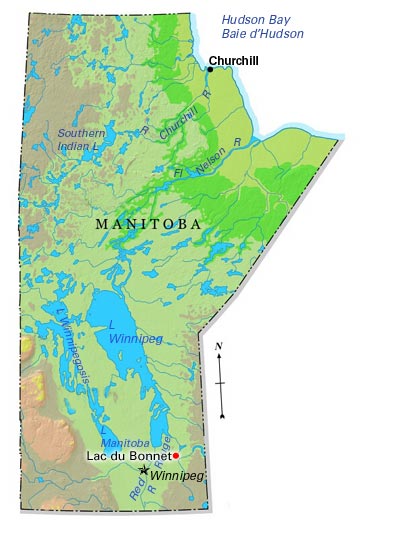Winkler, Manitoba, incorporated as a city in 2002, population 10 670 (2011c), 9106 (2006c). The City of Winkler is located in the Pembina Valley region, 115 km southwest of Winnipeg and 22 km north of the US international boundary.
Settlement in the Winkler area began in 1882 and the Canadian Pacific Railway established a siding there on land owned by Valentine Winkler, a businessman and politician, in 1892. Nearby were agricultural villages in the northwestern part of the West Reserve, one of 2 areas in Manitoba set aside in the 1870s for MENNONITE immigrants from southern Russia. Favourable soil and climate, combined with the farming expertise of these religious settlers, helped develop one of Manitoba's richest farming regions. Winkler grew as a trade, service and processing centre for the agricultural sector and, after WWII, as a regional retail and industrial centre. It was incorporated as a village in 1906 and as a town in 1954.
Today, the city of Winkler continues its role as a regional centre for its prosperous agricultural hinterland. Industrial production includes recreational vehicles, mobile homes, agricultural machinery, metal and plastic products, and manufactured homes. Among the city's facilities are a regional shopping centre (1985), radio stations, a regional hospital, a recreation complex and a concert hall (2006). The Pembina Threshermen's Museum collects and displays artifacts from the people who settled in the Pembina Valley. A campus of Red River College is located here.

 Share on Facebook
Share on Facebook Share on X
Share on X Share by Email
Share by Email Share on Google Classroom
Share on Google Classroom


